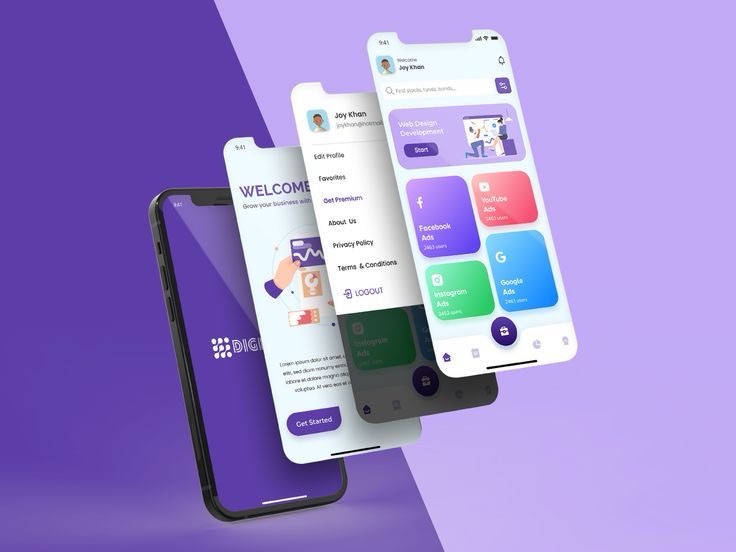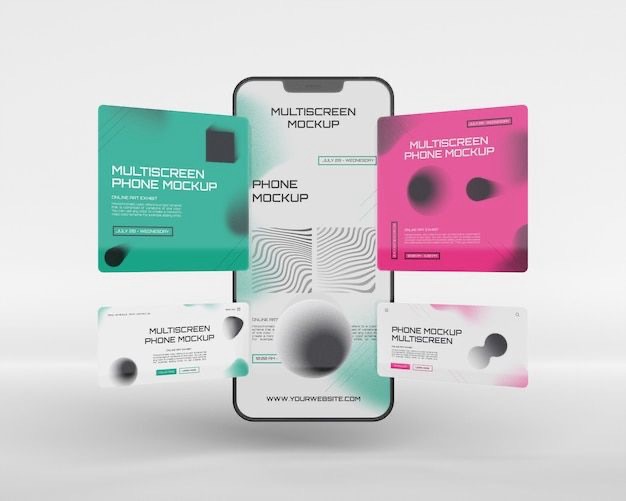
A website is often the first point of contact between a business and its potential customers. While many companies focus on getting a website up and running as quickly and cheaply as possible, they often overlook a critical aspect: user experience (UX) design. Neglecting UX design can lead to a website that frustrates, confuses, and ultimately turns off customers for good.
Scenario 1: The Slow Loader
Meet Dedo, a busy professional looking for a new laptop. She lands on a website that takes over 17 seconds to load. As she waits, she becomes impatient and clicks away, never to return. A slow-loading website can be a major turnoff, especially for users with limited time.

Scenario 2: The Navigation Nightmare
Kwame is searching for a specific product on a website. However, the navigation menu is cluttered, and he can’t find what he’s looking for. After several minutes of frustration, he abandons the site and takes his business elsewhere. A poorly designed navigation system can lead to a high bounce rate.
Scenario 3: The Mobile Misstep
Emily tries to access a website on her smartphone, only to find that it’s not mobile-friendly. The text is too small, and the buttons are hard to tap. She quickly leaves the site and finds a competitor with a better mobile experience. A website that’s not optimized for mobile devices can alienate a significant portion of potential customers.

Scenario 4: The Content Conundrum
Dede lands on a website with poorly written, outdated content. He can’t find the information he needs, and the tone is unengaging. He leaves the site, questioning the company’s credibility. High-quality, engaging content is essential for building trust with users.
The Consequences of Neglecting UX Design
Neglecting UX design can have severe consequences, including:
- High bounce rates
- Low conversion rates
- Negative word-of-mouth
- Loss of credibility
- Decreased customer satisfaction
Why UI/UX Should Be a Priority
UI/UX design is crucial for creating a website that engages and delights users. By prioritizing UI/UX, companies can:
- Increase customer satisfaction
- Boost conversion rates
- Enhance credibility
- Improve search engine rankings
- Gain a competitive advantage

Best Practices for UI/UX Design
To create a user-friendly website, follow these best practices:
- Conduct user research to understand your audience’s needs
- Create a clear, intuitive navigation system
- Optimise for mobile devices
- Write high-quality, engaging content
- Test and iterate on your design
Conclusion
A website is more than just a digital brochure; it’s a representation of your brand and a critical touchpoint for customers. Neglecting UX design can lead to a website that frustrates and turns off customers for good. By prioritizing UI/UX design and following best practices, companies can create a website that engages, delights, and converts users into loyal customers. Don’t risk losing business due to a poorly designed website – invest in UI/UX design today.
In addition, companies should also consider the following:
- Involve UI/UX designers in the project from the start
- Allocate sufficient budget for UI/UX design
- Conduct regular user testing and feedback sessions
- Stay up-to-date with the latest UI/UX design trends and best practices
- Make UI/UX design a continuous process, not a one-time task.
Read Also >>> Building Your Personal Brand on Purpose: Why and Passion as Your Guiding Light




















